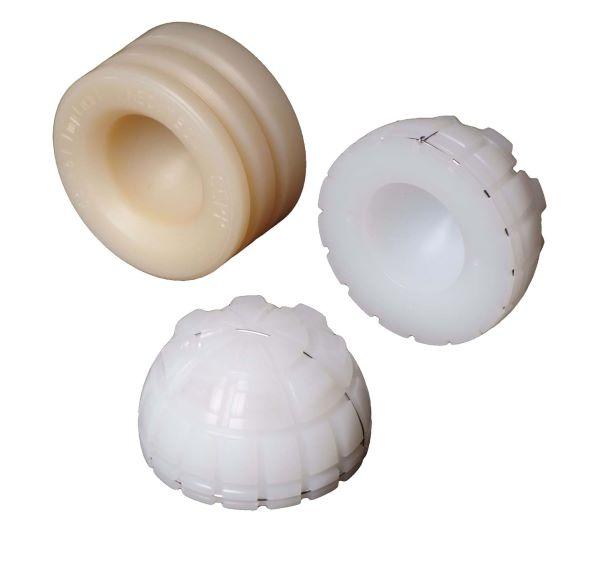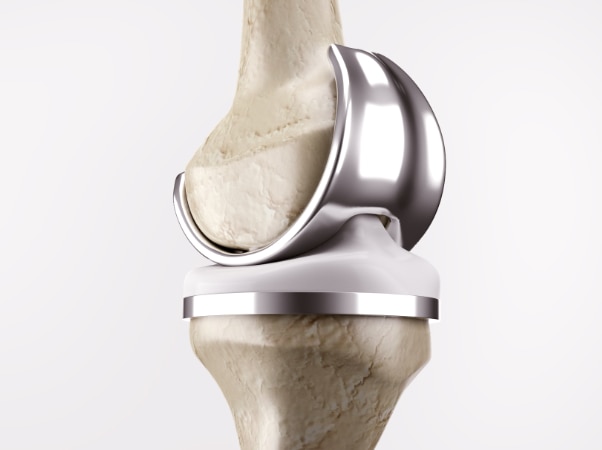1. Tìm hiểu về nhựa
Việc chăm sóc sức khoẻ hiện đại sẽ không thể thực hiện nếu không sử dụng các chất liệu nhựa. Từ vỏ của một máy MRI mở đến ống nhỏ nhất, nhựa đã làm cho chăm sóc sức khoẻ đơn giản hơn và ít đau đớn hơn. Những thứ chúng ta nhận ra như ống tiêm dùng một lần, túi máu tĩnh mạch và van tim bây giờ được làm bằng nhựa. Nhựa đã giảm trọng lượng của khung kính và thấu kính. Chúng là thành phần chính của thiết bị giả hiện đại đem lại sự linh hoạt, thoải mái và lưu động hơn. Nhựa cho phép hông nhân tạo và đầu gối để tạo ra các khớp làm việc trơn tru, không bị rắc rối. Bao bì bằng nhựa, có đặc tính ngăn chặn đặc biệt, trọng lượng nhẹ, chi phí thấp, độ bền và độ trong suốt, rất lý tưởng cho các ứng dụng y tế. Các phương thức y tế đổi mới hiện nay đang phụ thuộc rất nhiều vào nhựa

Trước đây, kim loại, thủy tinh và gốm sứ đã được sử dụng cho cấy ghép, thiết bị và hỗ trợ y tế. Tuy nhiên, Nhựa phù hợp hơn với các ứng dụng này vì chúng có trọng lượng nhẹ hơn, khả năng sinh học tốt hơn và chi phí thấp hơn. Các sợi và nhựa được sử dụng trong các ứng dụng y tế bao gồm các dòng nhựa thông dụng như polyvinyl clorua (PVC), polypropylene (PP), polyethylene (UHMW-PE), polyethylene terephthalate (PET), polyimide (PA), polycarbonate (PC), acrylonitrile butadiene (ABS).... Vật liệu nhựa cao cấp Quadrant được sử dụng rộng rãi nhất trong các ứng dụng cấy ghép đó là Ketron® PEEK, Duratron® PAI, Duratron® PEI và Quadrant® PPSU, Acetron® POM. Các sản phẩm nhựa này đều tuân thủ theo các nguyên tắc của FDA, ISO 10993 và USP về kiểm tra tính tương thích của vật liệu, tiết kiệm chi phí và thời gian thử nghiệm, đồng thời cung cấp toàn bộ nguồn gốc từ nguyên liệu thô.
2. Các ứng dụng y tế cho các vật liệu nhựa bao gồm
Ống thông mỏng đi vào các mạch máu. Các chất lắng đọng gây cản trở cho các mạch máu có thể bị phá vỡ bằng một cấy ghép hình xoắn ốc nhỏ được gọi là hỗ trợ mạch. Các hỗ trợ mạch được làm bằng nhựa phát triển đặc biệt cho lĩnh vực y tế và các chất hoạt động.
Bao bì thuốc bằng nhựa được làm từ nhựa polyme axit tartaric mà dần dần phá vỡ, từ từ giải phóng các loại thuốc cần thiết trong khoảng thời gian yêu cầu. Các hệ thống phân phối dược phẩm theo yêu cầu này giúp hạn chế số lượng thuốc mà bệnh nhân phải dùng cho 1 liều.
Các sợi tổng hợp cũng có thể đóng một vai trò quan trọng trong việc sửa chữa các động mạch bị bệnh mà không thể được hỗ trợ thông qua mạch. Sau khi loại bỏ phần bị ảnh hưởng của động mạch chủ, phần bị hư hỏng sẽ được gỡ bỏ và khoảng trống được nối bằng một bộ phận giả bằng nhựa dẻo.

Những người bị thính giác nặng có thể cấy ghép bằng nhựa cho phép họ nghe lại âm thanh. Cấy ghép được tạo thành từ một số thành phần bao gồm micrô và thiết bị truyền dẫn được kết nối với một máy tính vi tính đeo trên cơ thể. Ngoài ra, có một liệu pháp kích thích và một điện cực tổng với 16 điện cực và 16 dải tần số khác nhau. Thiết bị biến đổi âm vượt qua các tế bào bị tổn thương và kích thích dây thần kinh thính giác trực tiếp
In 3D hiện đang được sử dụng bởi ngành công nghiệp y tế bằng một vài cách mới lạ. Một công ty tên là Robohand® đang sử dụng Makerbots® để tạo ra các bàn tay giả rẻ hơn đáng kể so với các bộ phận giả trước đây. Giảm giá này đặc biệt hữu ích cho trẻ em, người có thể cần nhiều bộ phận giả khác nhau khi chúng lớn lên. Các kỹ thuật viên cũng có thể in chính xác các bản sao 3D của các bộ phận cụ thể bằng cách sử dụng quét từ máy MRI. Quá trình này cho phép các bác sĩ phẫu thuật chuẩn bị cho những cuộc phẫu thuật khéo léo theo một cách hoàn toàn mới.
Ngoài ra còn có cả một loạt các sản phẩm y tế dùng một lần bằng nhựa, bao gồm bô tròn, bút tiêm insulin, ống IV, phụ kiện ống, chén nhựa và bình, miếng dán mắt, găng tay phẫu thuật và thắt lưng, ống nối khí thổi, mặt nạ hít, ống lọc máu, áo choàng dùng một lần , ống truyền nhỏ giọt, ống thoát tiểu và sản phẩm hậu môn nhân tạo... Việc sử dụng vật liệu nhựa trong bệnh viện gần như vô tận.





